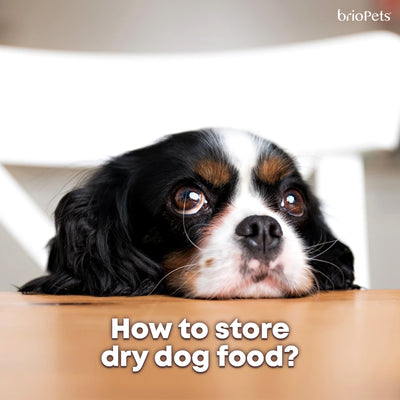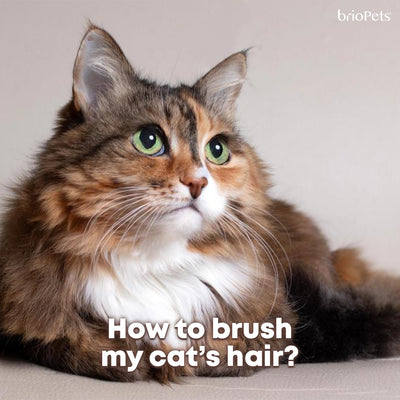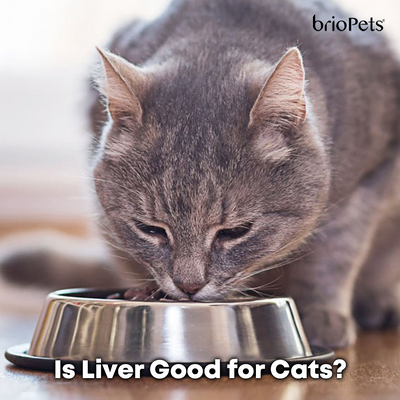
Yikes, most pawrents know about the dreaded doggy bad breath! But what should you do when your dog hates getting their teeth brushed? Imagine going to your dentist and being told to forget using your toothbrush — because all you really need for good dental health is to simply eat a few crunchy potato chips every day. And like magic, you will have good dental health forever… Hmm….
Yet many pawrents believe that dry pet food will do just that! Whilst crunching on kibble can remove some of the plaque near the tops of a cat’s or dog’s teeth, that alone is ineffective within the critical zone near your pet’s gumline; that’s where plaque and tartar cause their most harm — decay (cavities) and gum diseases. According to the American Veterinary Medical Association (AVMA) President, only 2 percent of pawrents actually brush the teeth of their pets, although daily tooth brushing is recommended for dogs and cats. Furthermore, 65% of dogs with Stage 1 periodontal disease often go untreated. Rather shocking statistics, since teeth-brushing for our pet does not have to be difficult with the right techniques and products.

To understand how to clean our pet’s teeth, we should know that there are three kinds of dental debris:
- Food particles
- Plaque
- Calculus (tartar)
Although food particles can be removed with crunching or chewing, plaque and tartar are not that easy to get rid of. Plaque is a sticky biofilm that gets stuck to the surface of every tooth in your cats or dogs’ mouth. Only physical scrubbing can remove plaque, and once cleaned away, it can quickly return.
Over time, plaque left along the gumline slowly turns into tartar. Tartar is a super hard crust also known as calculus. In a nutshell, plaque is what you remove with your toothbrush. Tartar is the hard stuff your dentist scrapes away when you get your teeth cleaned.
Pawrents often say that my cat or dog hates getting his teeth brushed and puts up a fight or fuss! You would too, if someone went poking around your mouth with a strange stick and appears agitated, or is scolding you for not cooperating. Hell, I might even bite! Getting your furbaby used to dental care is the foundational step to good, clean teeth, that will enable your pet to lead a healthy life for a long time to come.

Step 1
For starters, you could ditch that strange stick, a.k.a. the pet toothbrush. When your dog or cat is relaxed and close by, gently lift his or her lips and give lots of praise, rewards, or anything your furbaby enjoys. Do this a few times a day, for a couple of days to a week. This helps both you and your pet build confidence in cleaning your cat's or dog’s teeth with positive association.
Step 2
When your pet is comfortable with its lips being lifted, slowly introduce touching the teeth and gums with your fingers. Never scold your pet for not cooperating. Positive reinforcement is key. The goal is to make the entire experience rewarding, exciting and desirable.
Step 3
When you and your pet are ready to move on to the next step, purchase some inexpensive gauze pads. Using it dry, wrap it around your finger, and gently massage your pet’s teeth in a circular motion. Do not rub the gums at this stage, as the dry gauze may cause abrasions to the gums. The goal here is to get your cat or dog used to having dental cleaning performed at home, without nervousness. Remember to throw in loads of praises and rewards.
Step 4
After a couple of sessions doing this, wet the gauze with room temperature water, not too cold or hot that may cause sensitivities. With the wet gauze, you can start cleaning your pet’s teeth with a circular motion on each tooth, along the gumline, the tongue and roof of the mouth. You could also check out LILA LOVES IT Dental Micro Fleece, made with silver ion technology, suitable for all finger sizes, and free of chemical additives.
To use the LILA LOVES IT Dental Micro Fleece, slip your index finger into the finger cot while pulling the safety loop over your middle finger. Slightly moisten the tip of the finger cot. Clean all sides of each tooth with light circular movements. Following this, you can then massage the gums and clean the tongue. After each use, rinse with warm water and allow it to dry.
Step 5
Using a toothpaste specially formulated for dogs or cats that is gentle and safe can not only clean your pet’s teeth gently but can also have mineral-based enzymatic effects that optimizes mouth flora. The Liladent Dental Care Toothpaste from Germany is perfect for this, and suitable for both cats and dogs.

The ingredients are from controlled organic cultivation, and the active-ingredient-trio – papain, coconut oil and turmeric – makes this pet toothpaste completely unique.
To use, apply a thin layer of Liladent Dental Care Toothpaste onto the LILA LOVES IT Dental Micro Fleece, then carefully lift your pet’s lips and gently massage the teeth and gums. Apply once a week on a prophylactic basis. In case of acute dental plaque or intensive therapy desired, apply up to once daily. It is not necessary to rinse out the mouth afterwards.
So now you have it, dental care for our cats or dogs at home need not be difficult or anxiety-provoking. briopets is currently having a LILA LOVES IT bundle deal promotion for Toothpaste + Micro Fleece, saving you 40%! Check it out here. Have a try yourself and share with us how it goes!
Share your story I You never know whose life you could change. Tag @briopets #👍🏻lifechangingbriopets #❤️lilalovesitsg on products that have positively transformed your fur kids.




